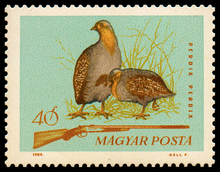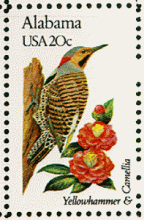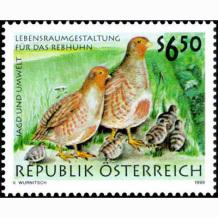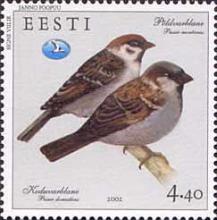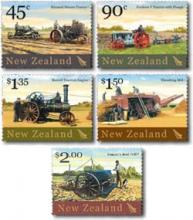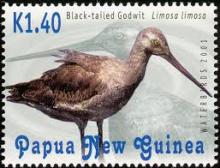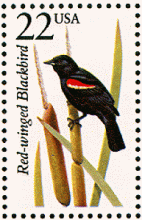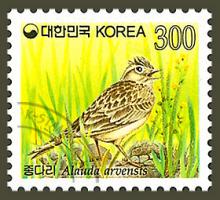Indirect effects of pesticides on farmland birds
Indirect effects of pesticides, operating through the food chain, have been proposed as a possible causal factor in the decline of farmland birds. To demonstrate such a link, evidence is needed of (1) an effect of food abundance on breeding performance or survival; (2) an effect of breeding performance or survival on population change; and (3) pesticide effects on food resources, sufficient to reduce breeding performance or survival, and hence to affect the rate of population change.

